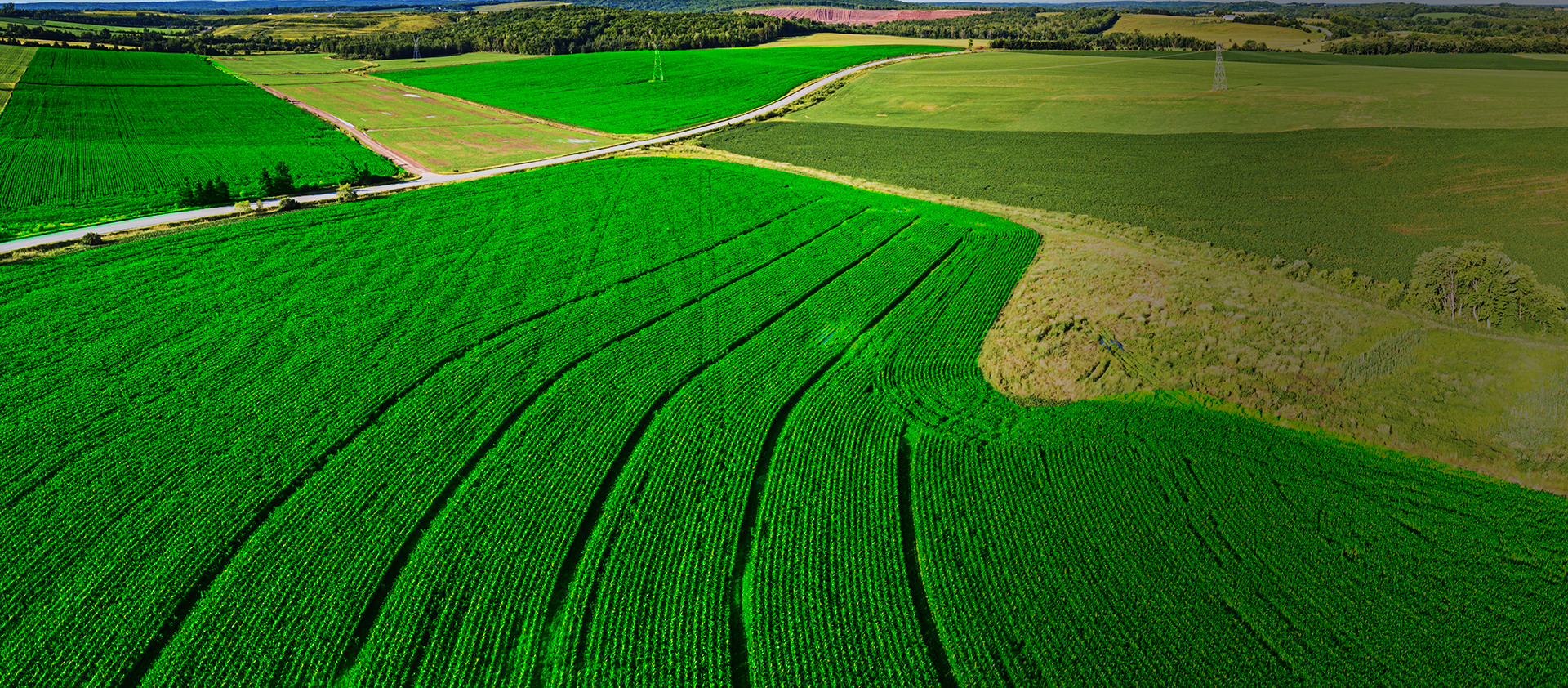Setting up a drip irrigation system requires careful, thoughtful planning and meticulous execution. In many regions, Rivulis engineers handle the process of designing and providing a system plan that meets the specific needs of your farm.
Each farm is unique, with varying water sources, crop types, and soil conditions, all of which need to be considered. A well-designed system tailored to your specific environment will help ensure the most efficient and successful irrigation system, but it requires an understanding of your farm’s infrastructure and long-term crop rotations.
Follow these steps to equip yourself with the knowledge needed to make informed decisions, avoid common pitfalls, and implement a system that will meet your irrigation needs, enhance crop yields, save water, and optimize resource use.

